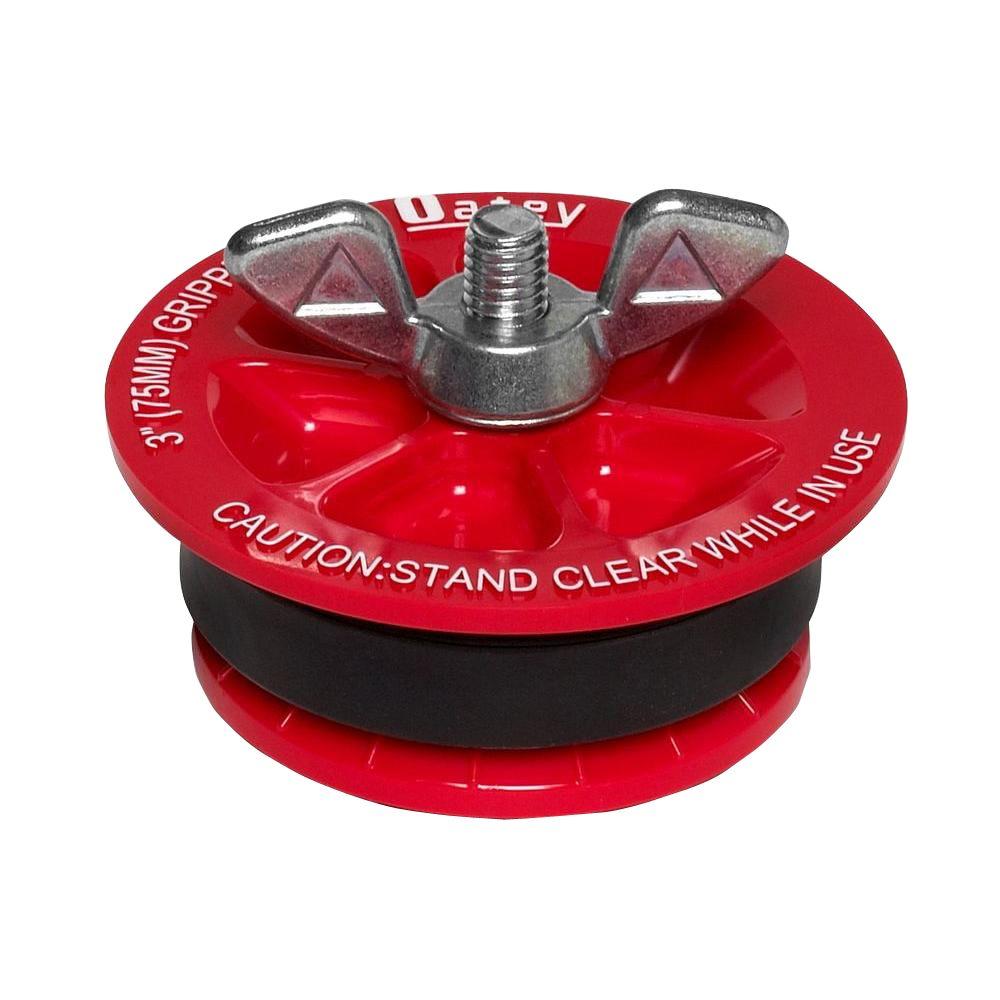- Empty tank by riding spiretedly in whatever direction has the least amount of snowing
- Take tank off (don't loose the loose rubber parts that magically dissapear)
- Remove petcock and fuel gauge
- Use some sort of witchcraft to plug the holes for the petcock and fuel gauge (please advise)
- Pour the first liquid in with hot water (as directed), swosh about and move tank intermittendly
- Pour out first liquid, and do second liquid, swosh about, and move tank intermittendly
- Fill with isopropanol and use hair dryer to dry (need to borrow one). Some said heat gun is too warm
- Pour thrid liquid in, move about constantly, pour it out through the fill gas hole after an eternety and all parts are covered
- Remove whatever is plugging holes, leave tank upside down, let dry, preferably in the sun (realistically inside the garage, Im not leaving it in the snow). For at least 96 hours
- Reassemble, fill with fuel, and ride about?
Is any of my steps off? Did I misunderstand anything? Am I lacking steps? If any have any good tips or tricks. I especially need help with step 4.
I think the weather will be meh, and I will be swamped with work (two month backlog...) so I might as well do it this weekend (unless the temps are above freezing, or the roads are dry). Then it can cure for three, four or five days.
.png)


.png)
Comment